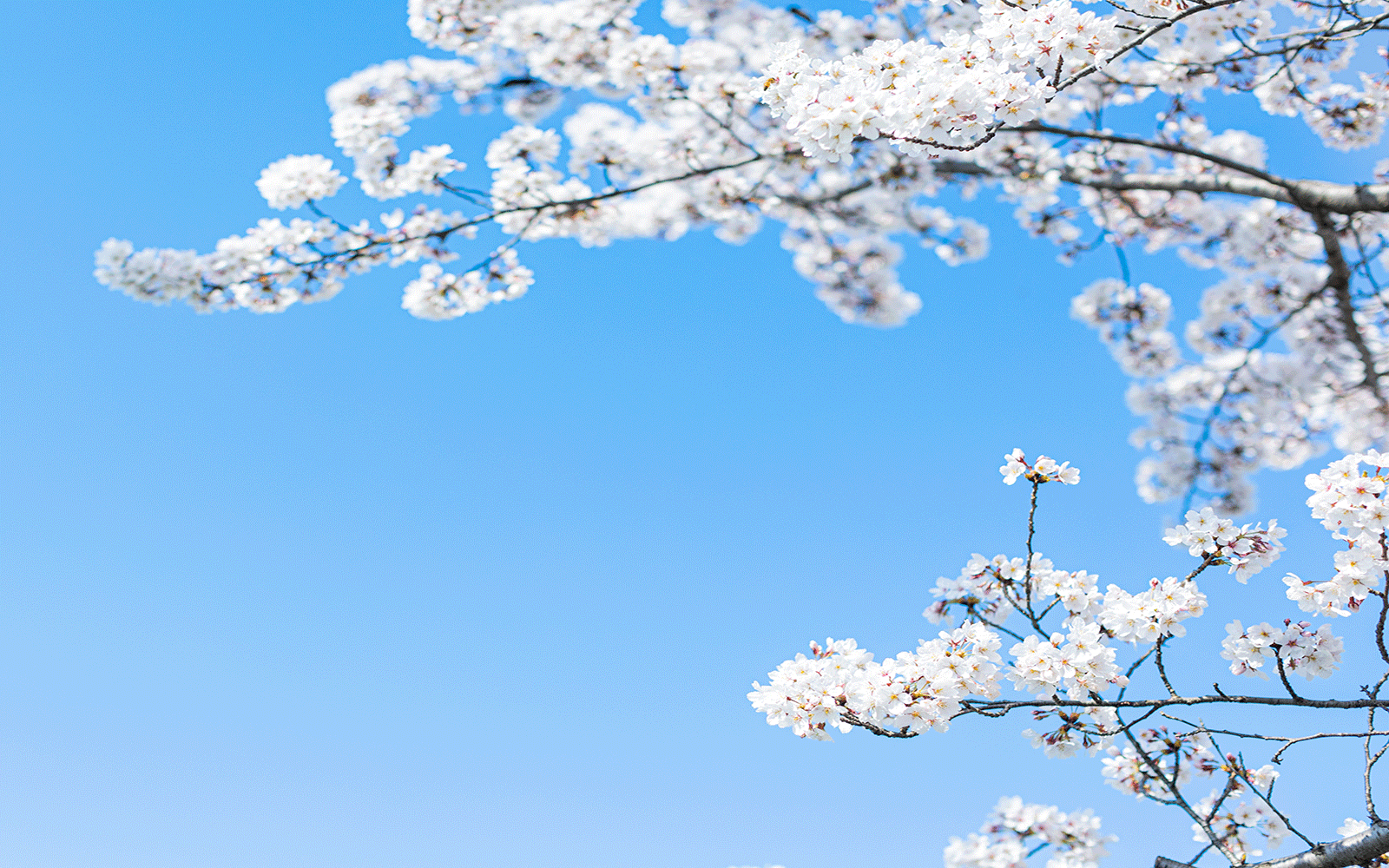Cherry blossom is not only a much-loved symbol of spring, and a metaphor for the cycle of human life, but has also offered statisticians food for thought throughout history. Statisticians at George Mason University have just launched the 2025 International Cherry Blossom Prediction Competition and, this year, there’s a twist. Organisers Jonathan Auerbach, David Kepplinger and Elizabeth (Lizzie) Wolkovich tell us more
Of all the things in the world to predict… why cherry blossom?
Jonathan: There are several reasons. Bloom date prediction is an important problem with real world applications — from planning cherry blossom festivals to timing harvests to studying climate change. However, readers might be surprised to learn that bloom dates are a part of statistics history.
The “law of the flowering plants” states that a plant blooms after being exposed to a predetermined quantity of heat. The law was discovered in the mid-eighteenth century by René Réaumur, an early adopter of the thermometer, but it was popularized by Adolphe Quetelet as part of his famous Letters, which Kotz and Johnson list as one of eleven major breakthroughs in statistics prior to 1900.
The law of the flowering plants was well known throughout the nineteenth century, influencing statisticians such as Francis Galton and Florence Nightingale. Its popularity waned among statisticians as statistics transitioned from a collection of “fundamental” constants to a collection of principles for quantifying uncertainty.
But the law is widely used today! Charles Morren, Quetelet’s collaborator, later coined the term phenology, the name of the field that currently studies life-cycle events, such as bloom dates. Phenologists keep track of accumulated heat or growing degree days to predict bloom dates, crop yields, and the emergence of insects. Predictions are made using a methodology that is largely unchanged since Quetelet’s time — despite the large amounts of data now available and amenable to machine learning.
That’s where the contestants come in. Cherry blossoms are particularly interesting because they are among the oldest continuous measurements made by humans, with some bloom date records dating back more than a thousand years. Every year we are impressed by the accuracy and creativity of the entries.
How does the competition work?
David: The competition is simple. Contestants predict the peak bloom date of cherry trees at five locations throughout the world: Washington, D.C. (USA), New York City (USA), Kyoto (Japan), Liestal-Weideli (Switzerland) and Vancouver, BC (Canada). Predictions are due February 28. After the cherry trees bloom in late March or early April, we distribute awards in several categories, including the most accurate prediction and the most novel.
Contestants must also provide all data and code, along with a Quarto document that reproduces the analysis. We also ask for an abstract of less than 500 words that summarizes the entry. The most novel idea is determined by a review of abstracts by our expert judges. We (the organizers) do not judge the entries.
Prizes have been made possible thanks to the generous support by our sponsors: the American Statistical Association, the Washington Statistical Society, George Mason University, Columbia University, Caucus for Women in Statistics and Posit Co.
Who can enter?
David: The competition is open to anyone anywhere. We have had contestants, and winners, from all around the world.
Participants are allowed to form teams, but a single individual can only be associated with at most one entry. We also encourage past contestants to resubmit, including past winners.
What’s new this year and why have you introduced it?
Lizzie: This year, contestants will not only compete against each other for the top prizes — but against artificial intelligence.
We will include one or more submissions from the most popular large language models. Our AI handlers will prompt the AI with the contest rules and the entries from previous competitions. The handlers will then execute any code written by the AI as part of their entry. Judges will review all entries without knowing which were submitted by humans and which were written by AI.
How confident are you that humans will outperform the bot?
Lizzie: We expect the AI will provide perfunctory, textbook solutions to the problem, but less creativity and mechanism than the other entries. We anticipate that the bot’s entry will yield a competitive baseline. However, we are confident that science cannot be automated and that, with a little critical thinking, humans should be able to beat the bot.
How accurate are your winners, usually?
David: Competitive entries are accurate within one week for most sites, while our winners predict the peak bloom within a few days of the true peak bloom date across all sites.
What cherry blossom-filled destination would you visit, if you had the opportunity?
Lizzie: Cherry trees grow throughout temperate climates, but many of the festivals originate from cherry tree varieties created in Asia that have now been planted around the world. Today, festivals in the United States extend from Georgia to Washington and from Rome to Scotland in Europe, as well as to South Africa and other parts of the southern hemisphere. We encourage readers to support their local cherry blossom festival or viewing. That said, we are partial to the beautiful locations featured in the competition, including Maple Grove Park, Vancouver and Washington Square Park, New York City.
Enter the International Cherry Blossom Prediction Competition.
Closing date: 28 Feb 2025.




